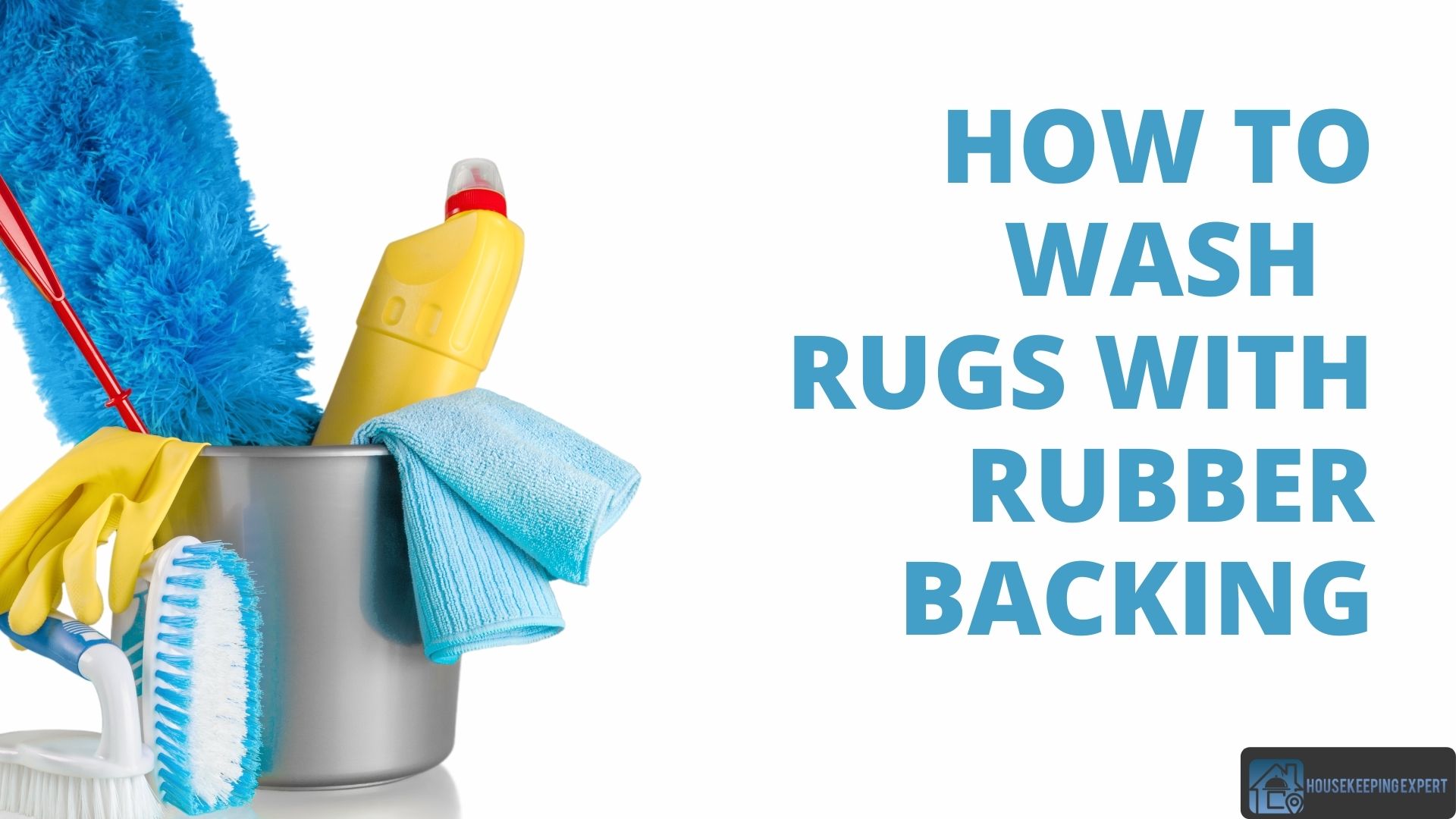Understanding Bathroom Rug Materials

Choosing the right bathroom rug material is crucial for both aesthetics and functionality. Each material offers a unique blend of absorbency, durability, and ease of cleaning. Understanding these differences will help you select a rug that meets your specific needs.
Material Differences and Properties
Bathroom rugs with rubber backing are typically made from materials like microfiber, cotton, and nylon. Each material possesses distinct characteristics that affect its performance and suitability for bathroom use.
- Microfiber: This synthetic material is known for its exceptional absorbency, making it ideal for quickly drying wet feet. Microfiber rugs are also incredibly soft and plush, adding a luxurious feel to your bathroom. However, they can be more prone to shedding than other materials.
- Cotton: A natural fiber, cotton is highly absorbent and comfortable to the touch. Cotton rugs are generally durable and easy to care for, but they may not be as quick-drying as microfiber rugs. They can also shrink or become misshapen if not properly cared for.
- Nylon: A strong and durable synthetic material, nylon is resistant to wear and tear. Nylon rugs are often water-resistant and easy to clean, making them a practical choice for high-traffic bathrooms. They are also relatively inexpensive compared to other materials.
Identifying Rug Material
Identifying the material of a bathroom rug can be done by examining the rug’s texture, feel, and label.
- Microfiber: Microfiber rugs typically have a soft, plush texture and feel silky smooth. They often have a slightly fuzzy appearance.
- Cotton: Cotton rugs have a natural, soft feel and a slightly rougher texture than microfiber. They may have a slightly textured appearance.
- Nylon: Nylon rugs have a smooth, slightly stiff texture and a durable feel. They often have a more defined appearance with less fuzziness.
Pre-Washing Preparation

Preparing your bathroom rug with rubber backing for washing is crucial to ensure a thorough clean and maintain its longevity. This step involves removing loose dirt and debris, understanding the washing instructions, and selecting the appropriate washing method.
Inspecting the Care Label, How to wash bathroom rugs with rubber backing
Before proceeding with any washing method, it’s essential to check the care label attached to your bathroom rug. The care label provides specific instructions regarding the recommended washing methods, water temperature, and drying guidelines.
“Always refer to the care label for specific washing instructions.”
This ensures that you follow the manufacturer’s recommendations and avoid damaging the rug.
Preparing the Rug for Washing
To prepare your bathroom rug for washing, follow these steps:
- Shake off loose dirt and debris: Before washing, give your rug a good shake outdoors to remove any loose dirt, hair, or debris. This will prevent these particles from clogging the washing machine or damaging the rug fibers during the washing process.
- Check for stains: Examine your rug for any visible stains. If you notice any stubborn stains, pretreat them with a stain remover specifically designed for the rug’s material. This will help remove the stains more effectively during the washing process.
Washing Techniques: How To Wash Bathroom Rugs With Rubber Backing
:max_bytes(150000):strip_icc()/how-to-wash-a-bathroom-rug-4693505-01-85b9d9b7ebff4d0ea87c7d63ae78faef.jpg)
Now that your bathroom rug is prepped for washing, let’s dive into the best techniques to ensure a clean and fresh rug without damaging its rubber backing.
Machine Washing
Machine washing is a convenient option for most bathroom rugs with rubber backing. However, it’s essential to choose the right settings to prevent damage.
- Water Temperature: Use cold or lukewarm water. Hot water can shrink the rubber backing and potentially damage the rug’s fibers.
- Cycle Type: Opt for a gentle or delicate cycle. These cycles use slower agitation and less water pressure, minimizing stress on the rug and its backing.
- Spin Speed: Select a low spin speed to prevent excessive twisting and potential damage to the rug’s structure.
Hand Washing
For more delicate rugs or those with intricate designs, hand washing is a gentler approach.
- Gentle Detergent: Use a mild detergent specifically designed for delicates or hand washing. Avoid harsh chemicals or bleaches, which can damage the fibers and the rubber backing.
- Avoid Harsh Scrubbing: While it’s tempting to scrub vigorously to remove dirt, avoid this as it can damage the rug’s fibers and potentially loosen the rubber backing. Gently swish the rug in the soapy water and let the detergent work its magic.
- Thorough Rinsing: Thoroughly rinse the rug to remove all traces of soap. Soap residue can attract dirt and leave the rug feeling stiff. Rinse until the water runs clear.
